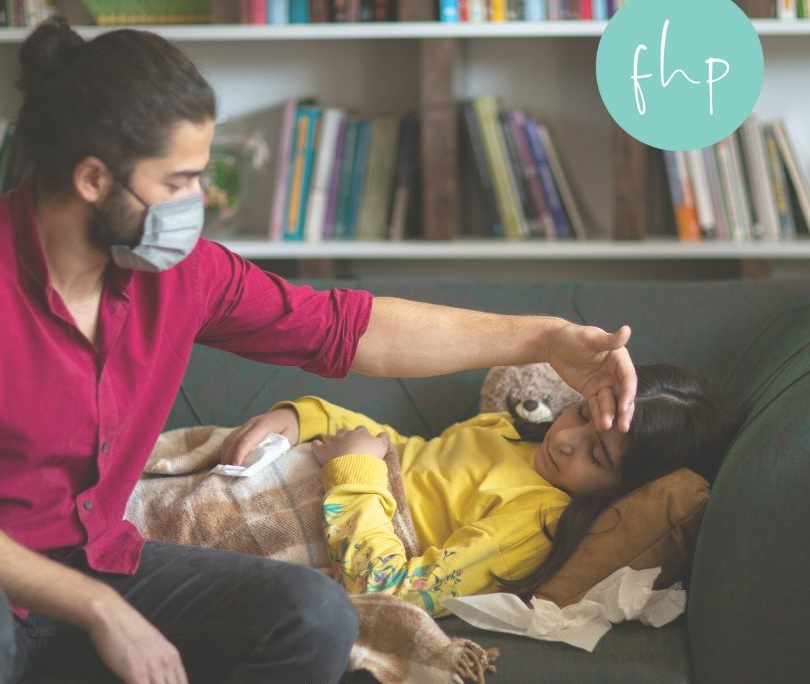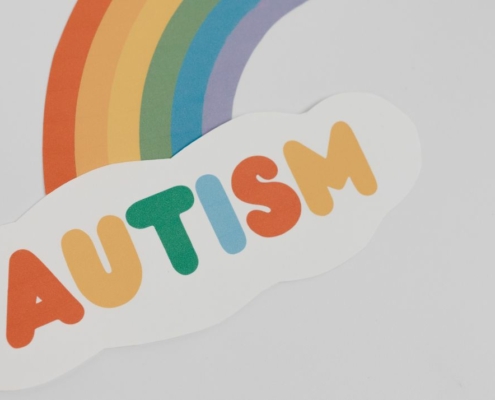What can mental illness look like in kids?

Mental illness in children can often be subtle and may manifest differently than in adults. It’s essential to detect early signs and offer appropriate support. This guide will help you understand what mental illness in children might look like and how to effectively address it.
- Emotional Changes
Children experiencing mental health issues might show dramatic shifts in mood. This could include persistent sadness, irritability, or extreme mood swings. For example, a previously cheerful child might become unusually withdrawn or seem perpetually anxious.
- Behavioral Changes
Behavioral indicators are among the most noticeable signs. Watch for drastic changes in behavior such as sudden aggression, defiance, or withdrawal from previously enjoyed activities. For instance, a child who once enjoyed socializing may start avoiding friends or family gatherings.

- Academic Struggles
Mental health issues can impact a child’s ability to perform academically. This might manifest as a sudden decline in grades, difficulty concentrating, or a lack of interest in schoolwork. If your child is suddenly struggling with assignments or showing signs of academic disinterest, it could be related to an underlying issue.
- Physical Symptoms
Sometimes mental health issues present with physical symptoms like frequent headaches, stomachaches, or changes in appetite or sleep patterns. These symptoms can often be linked to stress, anxiety, or depression.

- Persistent Worry or Fear
Excessive worry or fear that interferes with daily functioning can be another indicator. For instance, a child who is excessively anxious about school, social situations, or other typical activities might be experiencing anxiety or another related condition.

Addressing the Issue
If you notice these signs in your child, it’s important to offer an understanding ear and be the support they need. Open a dialogue with your child about their feelings and experiences. We also recommend seeking advice from a pediatric provider who specializes in childhood disorders. Fairhope Pediatrics has pediatric providers that are well trained in handling common mental health issues such as depression, anxiety, ADHD, and eating disorders. Screening tools can be used by your child’s provider to assess and help guide treatment of these common mental health problems. Early intervention can make a significant difference in a child’s mental health journey so contact our office today to schedule an appointment.






























